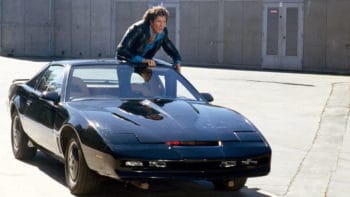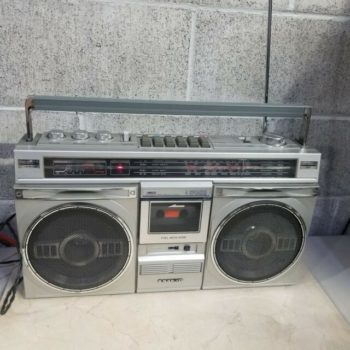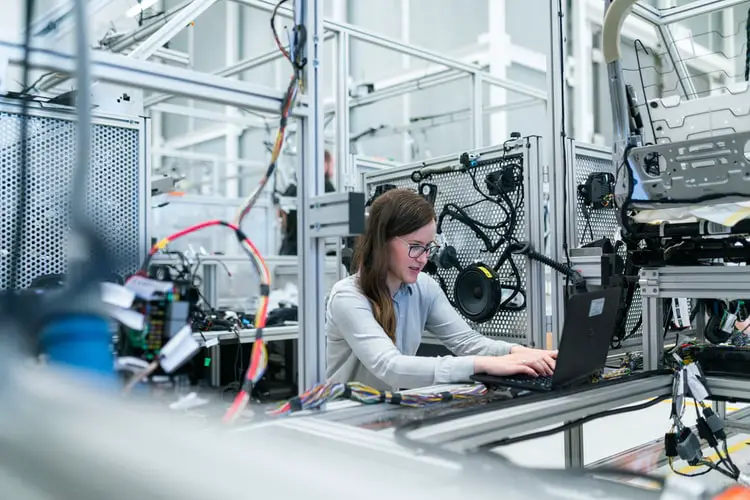
The 1980s gave us a lot of things, fluorescent colors, leg warmers, acid-washed jeans, and even ALF. But there are several 1980s inventions that you may not realize are from that decade.
The 1980s were a time of great technological advancement and gave us new inventions like the personal computer, the artificial heart, DNA fingerprinting, and the Space Shuttle among many other things.
Some of these things you may associate as being invented much earlier–or much later. But these game-changing creations all come from the greatest decade–the 80s.
This will be a look back on some of those top inventions whether they are big or small. Let’s do this in no particular order, but I’ll put them in a list because we all love a good list.
1. The Artificial Heart
This feels like something that has been around a lot longer, but the artificial heart can trace its roots back to December 2nd, 1982. The idea with the artificial heart was that it would just be a temporary fix while people waited for a real heart transplant.
The first person to receive an artificial heart was Barney Clark from Seattle. Clark was a dentist who actually volunteered to try out this new experimental surgery–and organ. The artificial heart was created by a man named Dr. Robert Jarvik who created it at the University of Utah.
Even though he created it, Jarvik was not the man to perform the surgery. That honor went to Dr. William DeVries. The artificial heart was called the Jarvik7 which would have also been a great band name.
The first surgery was a success and the Jarvik7 would now be used far and wide as the temporary placeholder for those waiting for a real heart.
2. MTV
“Ladies and gentlemen, rock n’ roll.” These were the words that started off the very first broadcast of MTV and the future of pop culture would be changed forever. MTV debuted on August 1st, 1981 and the very first music video played was “Video Killed the Radio Star” by the Buggles.
Music and pop culture were now forever changed. For the first time, bands and artists really had to think about the way they presented themselves visually. Before MTV, you just had to worry about tours and album sales, but now–there was this whole new visual medium.
This was tough for some artists as they were not exactly “visually appealing.” But what this new format did work for were British artists. Artists in the UK had been presenting themselves on video for years thanks to shows like “Top of the Pops.”
They knew the importance of appearance and production values to display their music. The bands and artists of the 80s from the UK grew up watching shows like Top of the Pops so when MTV launched: they were ready.
Bands like Duran Duran, Culture Club, and Spandau Ballet were off and running when MTV launched. But everyone else would soon catch up. The new “video jockeys” or “VJs” became celebrities in their own rights and MTV would be required viewing for anyone who was young–or claimed to be young.
I’ve got a full blog on the story of MTV right here.
3. Chicken McNuggets
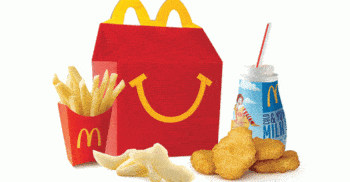
This is one that I always thought came from much earlier, like the late 60s or early 70s. But Chicken McNuggets are an 80s creation. They also have an interesting story as they went on to become one of the most famous fast food items of all time.
The idea came about from a McDonald’s food supplier. This supplier was the man behind the frozen burgers they used, and he thought they needed some sort of chicken–but one without bones and was small enough to be only a bite or two.
McDonald’s actually wanted to make a decent food item and turned to a world-renowned chef named Rene Arand to design them. Arand had cooked for celebrities and royalty but said chicken McNuggets were his greatest creation as they would be around long after he was gone.
He designed them with a tempura batter and also spent time creating hundreds of sauces before landing on the main three: hot mustard, BBQ, and sweet and sour.
Chicken McNuggets started with a trial launch 1981, before being launched nationwide in 1983. And did you know they actually come in four different shapes? It’s hard to tell but the McNuggets are shaped in a bell, a bow, a boot, and a ball.
The idea behind this is that they will be able to cook evenly and lend themselves well to dipping. Here’s my blog on the full story of Chicken McNuggets.
4. DNA Fingerprinting
Another invention from the 1980s that iI thought was created earlier. DNA fingerprinting came about in 1984 by a geneticist at the University of Leicester in England. Dr. Alec Jeffries had been studying heredity family diseases when he discovered that there were repetitive patterns of DNA in humans.
He continued to furth research this and found that there were variations between a person’s DNA. Unless the person had an identical twin, the variations in human DNA could be used to identify a specific individual.
Jeffries called this new discovery “genetic fingerprinting.” And it didn’t take long to put this new creation into action. Not long after Jefferies created genetic fingerprinting, two murders took place right near the university.
The genetic fingerprinting was then tested to identify the killer. There were two suspects and for the first time ever, genetic fingerprinting was able to exonerate one suspect, and identify the real murderer.
5. The Disposable Camera
Depending on how old you are, you might have to ask your parents what a disposable camera was. I’m not sure if kids today have even used a regular digital camera, but trust me: for a kid in the 80s a disposable camera was pretty mind blowing.
The digital camera has now been around longer than we realize, and it quickly led to the demise of the disposable camera.
But the concept of a one-time camera was a pretty great invention. These were the days where there was a lot of anxiety with taking pictures. You had no idea what your shot looked like, and the anticipation only built as you waited to get back your pictures from the developer.
The Disposable camera came out later than I realized, in 1987. Photography leader, Kodak, introduced a 24-shot disposable camera called “The Fling.”
No one realized that there was a huge market for this and after Kodak paved the way, many other companies jumped on board. THis is similar to how Kodak actually invented the digital camera which ultimately led to their downfall.
The Fling cost $6.95 when it was first released and converted for today, that’s around $16. Not too bad, honestly. If something like that was released today, I could see it selling for a lot more. The incredible success of the disposable camera caused their sales to rise from 3 million in 1988, to 21.5 million in 1992.
6. Nintendo Game Boy
Many think of the Game Boy as a 90s creation, but it makes the cut coming in during 1989. It’s hard to distinguish if the Game Boy is a toy or a videogame, but ultimately, it’s probably a bit of both.
We’ve had portable video games before (check out my article on the Nintendo Game and Watch which was one of the most important inventions in the history of video games) but the Game Boy was like taking your NES everywhere you went.
The NES had changed the landscape of video games forever and they struck while the iron was hot in 1989. Even though it was black and white, kids didn’t seem to mind. The big feature that came with it was the familiar Nintendo control pad built right into the Game Boy.
The big thing that helped launch the Game Boy into the stratosphere was the inclusion of the incredibly successful Tetris. This drove the early success of the new handheld console. The Game Boy first came out in Japan in April of 1989 before being released in North America in July of that same year.
The Game Boy would sell 40,000 units in its first day and it was off and running to be the hottest selling toy of Christmas, and that year.
7. The Personal Computer
Personal computing was starting to emerge in the 1970s, but they really didn’t enter our homes until the 80s. The big reason for this was they started to shrink in size and you didn’t need an entire room of your house devoted to holding it. They also had some more computing power and were starting to (relatively) come down in price.
Computers were still for hobbyists, but people were starting to see their everyday applications. Not to mention the video games that were now available on them.
IBM really helped pave the way for the personal computer in 1981. The IBM 5150 PC had an Intel 8088 processor and ran version 1.0 of the PC DOS operating system. This really was the basis for what future PC’s would become. When it was released, the 5150 sold for $1565 which converted for today is around $4400.
This is a huge topic to cover in a short section, but everything would change in 1984. This is when Apple would release the Macintosh and really take the personal computer to the next level. They would usher in this new era with one of the most iconic commercials of all time.
Check out my blog on how important this commercial was in changing the future of advertising, and even the Super Bowl.
I’ve also got an interesting blog on how Cap’n Crunch cereal of all things may have led to the creation of Apple Computers in the first place. Check that out here.
8. The Walkman
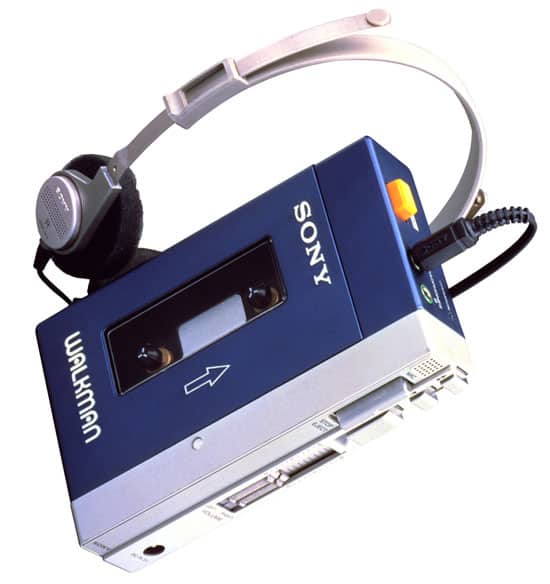
The Walkman was a bigger invention than you may realize. The first time, people were now able to take their music on the go and the listening experience became much more personal. There had been portable transistor radios, but you were limited to whatever it was the stations were playing.
With the Walkman, you now had complete control over what you listened to, and your music collection went wherever you did. This would pave the way for the Discman and then the Mp3 players of the future including the iPod, and then the iPhone.
But it all started with the Walkman. It came about because the then president of Sony wanted to be able to listen to his music while traveling. He only had a big TC-D5 cassette recorder to take with him, and that wasn’t cutting it.
He requested that a smaller device be created that was primarily used for playback. The first version they came up with was called the “Pressman.” It wasn’t great but put in motion what would become the first Walkman.
It wasn’t called the Walkman just yet, but was classified as the TPS-L2. In June of 1980, the TPS-L2 was going to be launched in America, but it needed a new name. They went back to that original “Pressman” but swapped in the verb ‘Walk’ as a way to describe what it was for.
An effective marketing campaign touted the new device for its individual benefits and when it was launched–Sony hoped to tell 5,000 units a month. They sold 50,000 in its first two months.
Here’s the full story on the history of the Walkman.
9. The Motorola DynaTAC 8000x
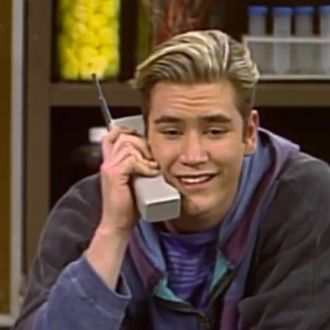
That name might not mean anything to you, but this first true commercial mobile phone. When we think of the 1980s, we picture those giant Zack Morris cell phones that looked like they needed a car battery to power them.
The Motorola DynaTAC 8000x is the poster child for the earliest mobile phones. It was a giant brick and became the most famous of the early handsets. When it came out in 1983, the 8000x cost an eye watering $4000. Converted for today that’s over $10,000. Yikes.
It seemed like a gimmick–and only for the rich–but the DynaTAC was really mind blowing. You could actually make and receive calls in public without being attached to anything. It would be a long time until mobile phones became a standard item in the lives of many, but the 8000x was the godfather to all of them.
10. The Space Shuttle
If the Space Shuttle was released today, it would still seem groundbreaking and like something from the future. A plane that you could fly in space was something from science fiction–but it happened in the 1980s.
The Space SHuttle doesn;t just go back to the 80s, but the early 80s. The fact that this is a creation with roots in the 70s makes it even more astounding. The first Space Shuttle launched on APril 12, 1981 when the Columbia made its maiden voyage.
The Amazing thing with the Space shuttle was not only could it be used in space, it could fly back, land, and be used again. One of my favorite toys I ever had was a little space shuttle, and the entire concept blew my mind.
But the Space Shuttle was more than a space plane. This was a functioning laboratory that would be used while in orbit. Astronauts, scientists, and researches could now conduct experiments while orbiting the Earth.
The Space Shuttle was also important for providing maintenance in space and transporting important payloads.


